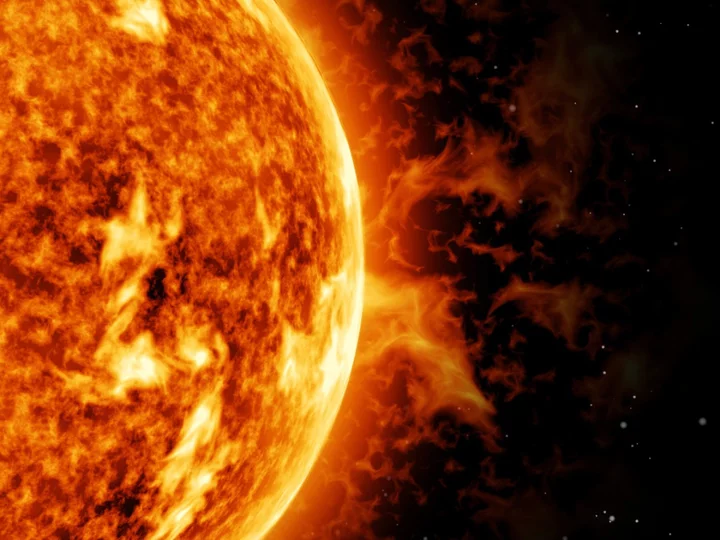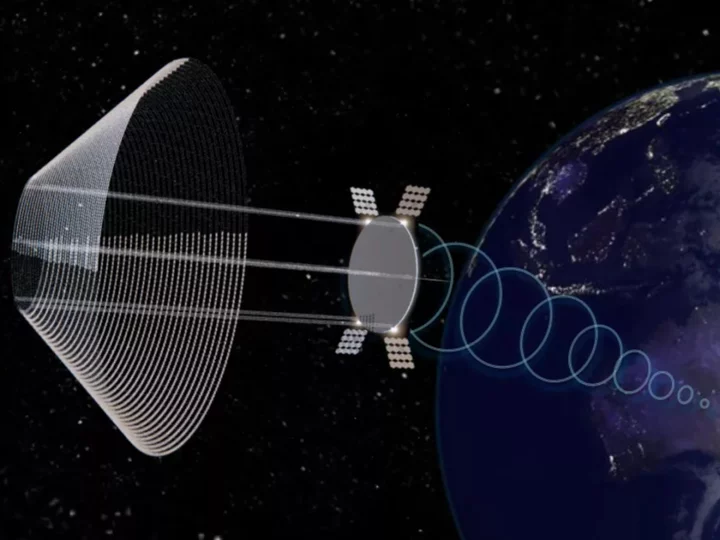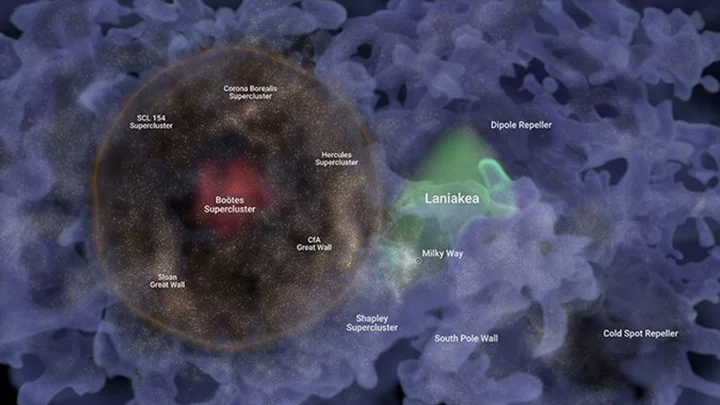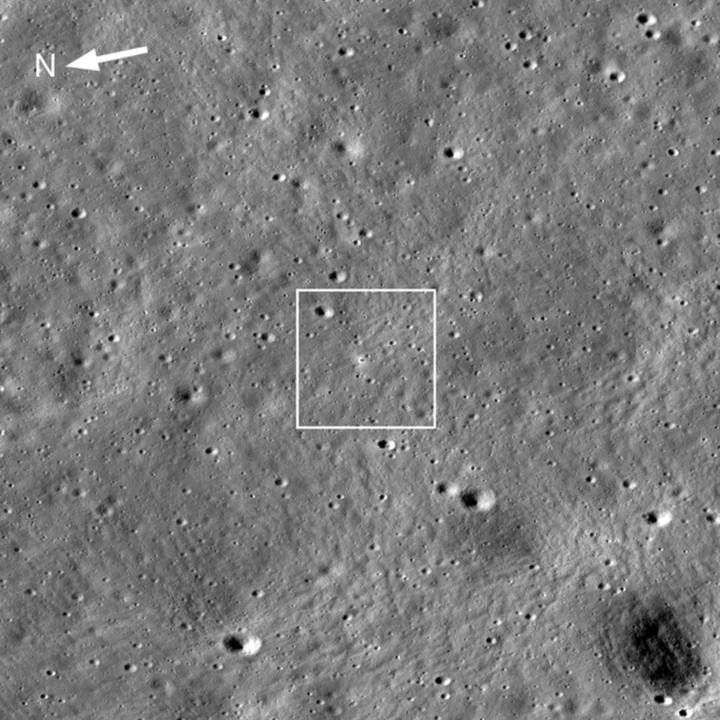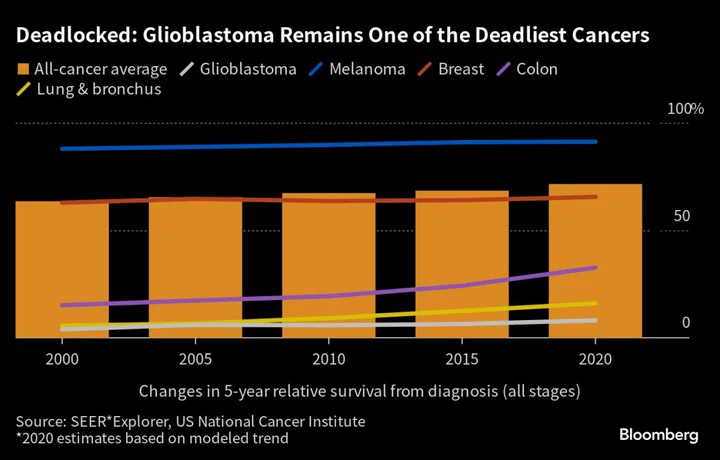Russian scientists have warned that powerful solar flare activity on Monday may cause significant disruption for satellite and radio communications. Three solar flares observed on Sunday by the Fedorov Institute of Applied Geophysics in Moscow lasted up to 14 minutes, signalling abnormally large geomagnetic disturbances on Earth. The institute forecasted the arrival of class X flares for Monday, which are the most energetic type of solar radiation, capable of damaging electronics. Earlier this month, a giant sunspot named AR3354 grew to a size roughly 10 times larger than Earth, unleashing an X-class flare aimed directly at Earth that triggered radio blackouts in some parts of the US. The latest solar activity is expected to interfere with short-wave radio communications, used by military, maritime and emergency operators. Increased solar storm activity in recent years has led to fears of an impending solar superstorm, which some astronomers warn could lead to an “internet apocalypse”. Such powerful storms occur approximately once every 100 years, with the last major one taking place in 1921. Nasa predicts that the next peak in the Sun’s 11-year activity cycle will arrive at some point in 2025, though it is not clear yet whether this will be the once-in-a-century event that some astronomers fear. The worst on record, referred to as the Carrington Event, took place in 1859 and resulted in fires at telegraph stations. “If the Carrington Event happened today, it would have even more severe impacts, such as widespread electrical disruptions, persistent blackouts, and interruptions to global communications,” the US space agency warned in a recent blog post. “Such technological chaos could cripple economies and endanger the safety and livelihoods of people worldwide.” Research published in 2021 assessed the robustness of internet and communications infrastructure against severe space weather events The study found that coronal mass ejection events could risk disconnecting Europe from the US, with the authors urging more to be done to improve the resilience of global telecommunication networks. In March this year, Nasa announced a new artificial intelligence model capable of predicting where on Earth a solar storm may strike, giving scientists up to 30 minutes of advanced warning. Vishal Upendran, from the Inter-University Center for Astronomy and Astrophysics in India, who was involved in the AI’s development, said: “With this AI, it is now possible to make rapid and accurate global predictions and inform decisions in the event of a solar storm, thereby minimising – or even preventing – devastation to modern society.” Read More Once-in-a-century solar superstorm could plunge the world into ‘internet apocalypse’, study says Powerful solar flare responsible for blackout in US What to expect from India’s Chandrayaan-3 mission to Moon’s south pole India launches historic mission to Moon’s south pole
Russian scientists have warned that powerful solar flare activity on Monday may cause significant disruption for satellite and radio communications.
Three solar flares observed on Sunday by the Fedorov Institute of Applied Geophysics in Moscow lasted up to 14 minutes, signalling abnormally large geomagnetic disturbances on Earth.
The institute forecasted the arrival of class X flares for Monday, which are the most energetic type of solar radiation, capable of damaging electronics.
Earlier this month, a giant sunspot named AR3354 grew to a size roughly 10 times larger than Earth, unleashing an X-class flare aimed directly at Earth that triggered radio blackouts in some parts of the US.
The latest solar activity is expected to interfere with short-wave radio communications, used by military, maritime and emergency operators.
Increased solar storm activity in recent years has led to fears of an impending solar superstorm, which some astronomers warn could lead to an “internet apocalypse”.
Such powerful storms occur approximately once every 100 years, with the last major one taking place in 1921.
Nasa predicts that the next peak in the Sun’s 11-year activity cycle will arrive at some point in 2025, though it is not clear yet whether this will be the once-in-a-century event that some astronomers fear.
The worst on record, referred to as the Carrington Event, took place in 1859 and resulted in fires at telegraph stations.
“If the Carrington Event happened today, it would have even more severe impacts, such as widespread electrical disruptions, persistent blackouts, and interruptions to global communications,” the US space agency warned in a recent blog post.
“Such technological chaos could cripple economies and endanger the safety and livelihoods of people worldwide.”
Research published in 2021 assessed the robustness of internet and communications infrastructure against severe space weather events
The study found that coronal mass ejection events could risk disconnecting Europe from the US, with the authors urging more to be done to improve the resilience of global telecommunication networks.
In March this year, Nasa announced a new artificial intelligence model capable of predicting where on Earth a solar storm may strike, giving scientists up to 30 minutes of advanced warning.
Vishal Upendran, from the Inter-University Center for Astronomy and Astrophysics in India, who was involved in the AI’s development, said: “With this AI, it is now possible to make rapid and accurate global predictions and inform decisions in the event of a solar storm, thereby minimising – or even preventing – devastation to modern society.”
Read More
Once-in-a-century solar superstorm could plunge the world into ‘internet apocalypse’, study says
Powerful solar flare responsible for blackout in US
What to expect from India’s Chandrayaan-3 mission to Moon’s south pole
India launches historic mission to Moon’s south pole

